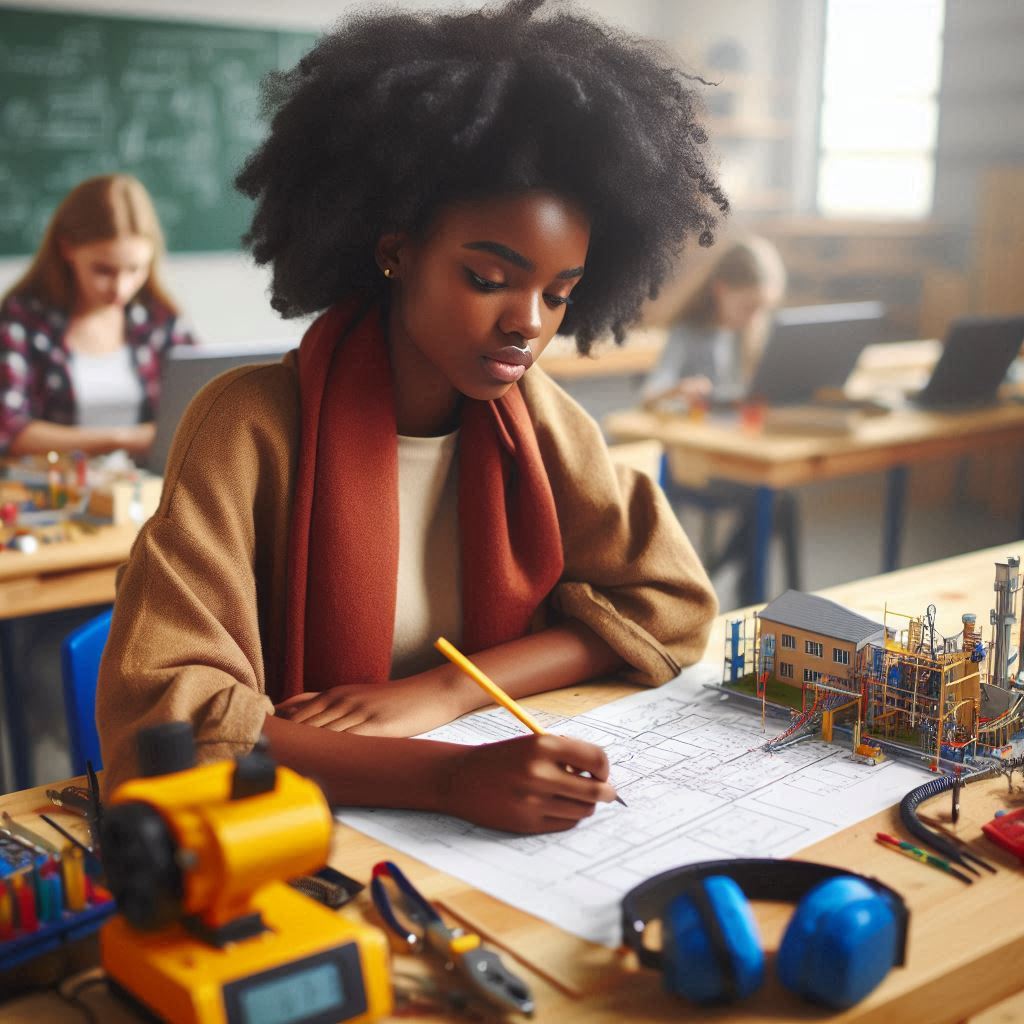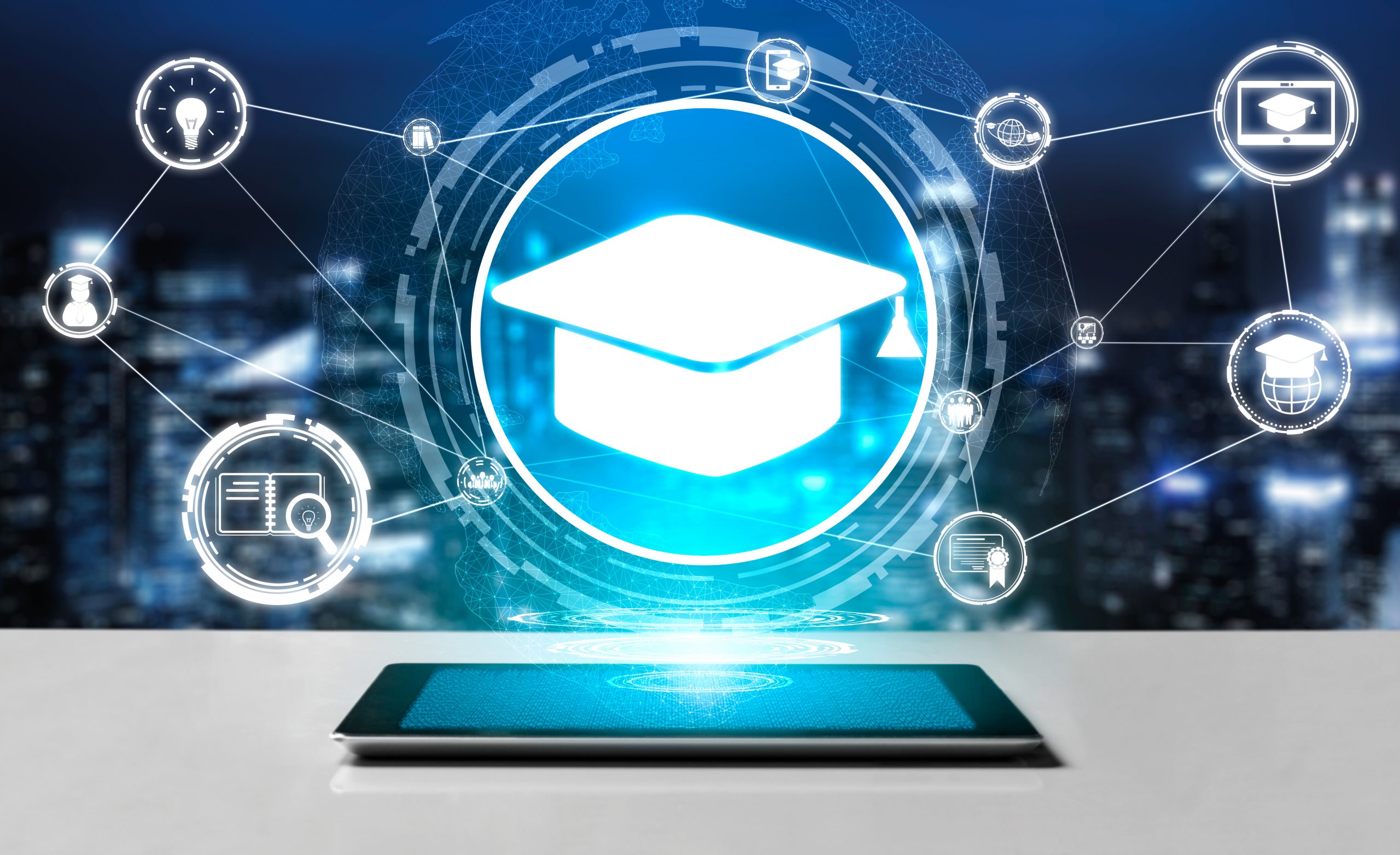Leverage Advanced AI Tools to Improve Performance and Effectiveness
Leverage Advanced AI Tools to Improve Performance and Effectiveness
Blog Article
Important Resources for Establishments to Enhance Their Method to Innovation Education
As institutions aim to boost their technology education structures, the recognition and execution of essential sources come to be critical. Cutting-edge curriculum styles that incorporate technology, together with reliable on the internet knowing platforms, can significantly widen educational availability and involvement. Specialist growth opportunities for teachers play a vital role in guaranteeing they are furnished with current methods. The conversation does not end there; the possible influence of joint tools and community partnerships warrants further exploration. Make Money. What might these elements jointly add to a more durable technology education landscape?
Cutting-edge Curriculum Layouts
In today's quickly advancing technological landscape, educators are progressively recognizing the requirement for innovative educational program styles that efficiently integrate modern technology into discovering experiences. This integration is necessary for preparing trainees for a future where electronic proficiency is extremely important. Ingenious educational program styles integrate different pedagogical methods, guaranteeing that innovation works as a tool for improving involvement and assisting in much deeper understanding.
One reliable method is project-based understanding (PBL), where students participate in real-world issues, making use of innovation to study, team up, and present their searchings for. This method not just fosters important reasoning but additionally motivates the advancement of soft abilities such as teamwork and interaction. Additionally, adaptive discovering modern technologies can customize the academic experience, dealing with specific learning styles and speeds.
Moreover, interdisciplinary approaches that blend subjects, such as incorporating science and innovation with the arts, assistance develop a much more alternative understanding setting. This fosters imagination and technology, outfitting students with the skills essential to thrive in a facility, interconnected globe. Inevitably, cutting-edge curriculum styles are crucial for cultivating a generation of learners who are not just skillful in innovation but are additionally skilled trouble solvers and essential thinkers.
Online Discovering Operatings Systems
Several instructors are transforming to online knowing systems as necessary tools for improving instructional availability and involvement. These platforms promote a hybrid learning atmosphere that suits diverse discovering designs and paces, making education and learning extra comprehensive. They provide a variety of sources, including video lectures, interactive simulations, and conversation online forums, enabling students to accessibility web content from anywhere at any moment.
Noticeable online knowing platforms, such as Coursera, edX, and Moodle, supply institutions with the infrastructure required to deliver top notch technology education. These platforms can be customized to line up with details curriculum objectives and instructional strategies, making sure that organizations can maintain their instructional standards while leveraging electronic resources.
Furthermore, on the internet learning platforms sustain collaboration amongst students and educators, promoting a feeling of neighborhood and shared discovering experiences. Advanced analytics tools offered on these platforms allow teachers to track student development and involvement, helping with timely treatments when necessary.
Expert Development Opportunities
Constant professional growth is essential for teachers looking for to stay abreast of arising modern technologies and instructional techniques in a rapidly advancing academic landscape (Education). To properly incorporate technology into the classroom, teachers must actively seek possibilities that enhance my latest blog post their abilities and expertise
Organizations must prioritize using workshops, workshops, and programs concentrated on the most up to date technical advancements and mentor methods. These programs can address various elements of modern technology education, including coding, electronic literacy, and using educational software. Furthermore, partnering with local universities and tech companies can offer educators accessibility to specialized training and sources.
Online specialist advancement systems additionally offer versatility, enabling educators to engage in self-paced discovering. Webinars and digital seminars can promote expertise sharing amongst instructors worldwide, promoting a global point of view on technology combination.
Additionally, mentorship programs can connect knowledgeable instructors with those new to innovation, advertising collective discovering and assistance. By producing a culture of continuous learning, organizations can empower educators to accept ingenious training techniques, ultimately improving pupil interaction and success in modern technology education. Spending in professional development not only benefits educators but additionally substantially enhances the finding out experience for students.
Collaborative Devices and Resources
Reliable assimilation of modern technology in education and learning also relies upon using collaborative devices and resources that help with communication and synergy amongst instructors and pupils. Such devices enhance involvement and promote a society of cooperation, vital for modern-day learning atmospheres. Systems like Google Work Space and Microsoft Teams allow real-time document sharing, job administration, and seamless interaction, enabling groups to interact effectively despite geographical obstacles.
Additionally, learning monitoring systems (LMS) such as Canvas and Moodle supply structured settings for collaboration, where teachers can develop forums, assign group tasks, and promote conversations. These systems not just enhance training shipment however also motivate peer-to-peer communication, vital for building vital thinking and problem-solving skills.
Furthermore, tools like Padlet and Trello can be employed to visualize concepts and handle jobs collaboratively, enhancing project-based learning experiences. By integrating these collaborative sources, organizations encourage both teachers and students to add proactively to their finding out journeys. Ultimately, the efficient use joint tools not just enriches the educational experience but also prepares trainees to thrive in a significantly interconnected globe.
Area and Sector Collaborations
Neighborhood and sector partnerships play a crucial role in boosting technology education and learning by connecting the space in between academic understanding and functional application. These partnerships provide students with real-world experiences, enabling them to use class principles to real obstacles dealt with by companies. By involving with local organizations and area companies, instructional establishments can develop dynamic understanding environments that cultivate innovation and ability development.

In addition, these alliances can bring about source sharing, where institutions gain from industry competence, innovation, and funding. Such assistance not just boosts instructional offerings but likewise helps to cultivate a workforce that is well-prepared for the difficulties of the modern-day economy. Ultimately, the harmony developed through area and market collaborations is important for fostering a culture of continual discovering and adaptation in innovation education, making certain that institutions continue to be responsive to evolving technological landscapes.
Conclusion

One reliable approach is project-based understanding (PBL), where trainees engage in real-world problems, making use of Recommended Site innovation to study, collaborate, and offer their searchings for. In addition, flexible learning technologies can personalize the instructional experience, catering to specific discovering styles and paces.
Moreover, mentorship programs can connect experienced instructors with those new to technology, promoting collaborative discovering and support. By producing a culture of constant knowing, establishments can empower instructors to embrace innovative mentor methods, ultimately boosting student involvement and success in technology education and learning. Eventually, the synergy created with area and sector collaborations is necessary for cultivating a society of continuous knowing and adjustment in innovation education, making sure that establishments remain responsive to advancing technical landscapes.
Report this page